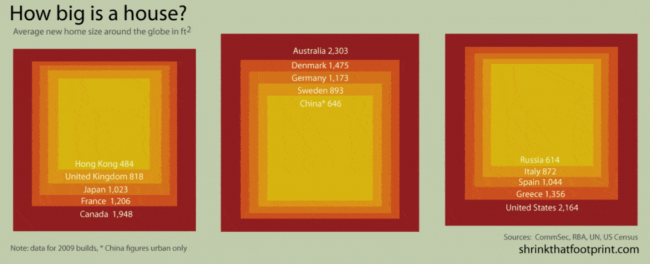Study: scientists should research possibility of human extinction from climate change
A study was published on August 1st (Edit: 2022) in a collaboration from researchers from various countries and universities, including the esteemed Oxford and Cambridge. It doesn’t assess the likelihood of human extinction, but instead looks at how much research has been done on this crucial topic. And a popular news broadcaster in the UK even took up the story.The authors conclude that science is sorely lacking. To quote the paper directly: “The closest attempts to directly study or comprehensively address how climate change could lead to human extinction or global catastrophe have come through popular science books”. Not scientific, peer-reviewed research. Pop-sci books.
As far as I can tell, the closest current science actually gets is examining individual risks (e.g: how food production will be affected by rising temperatures) rather than taking them together, let alone looking at how risks might cascade into or exacerbate each other.But I suppose what surprised me the most, and why I’m writing about this, is this. Exisitential risk is actually making the news in a highly-regarded, mainstream news outlet, and is becoming the subject of serious research from respected academic institutions. The fact that Cambridge University actually has a Centre for the Study of Existential Risk at all I think shows the beginnings of a step change in attitudes. Naturally, we have a way to go. I laughed out loud at how the news article described the study: “The researchers said that seriously studying the consequences of worst-case scenarios was vital, even though it might scare people.” It would seem that most are (understandably) still of the attitude ‘we shouldn’t talk about scary things because it paralyses people’, but things may be beginning to change.
What do you all think about this? The study is here, and the news article talking about it is here.
-
Comments (13)
-
